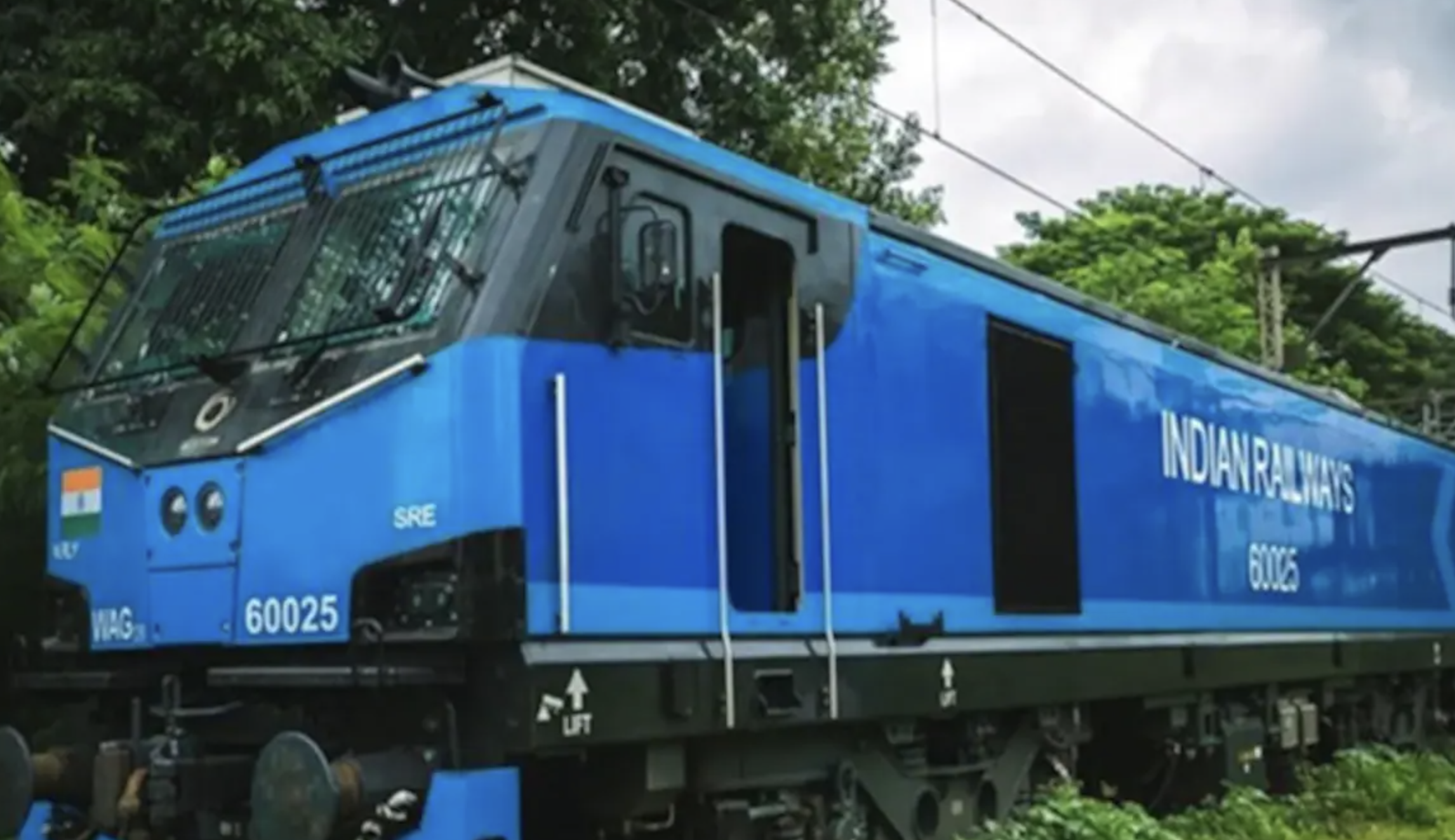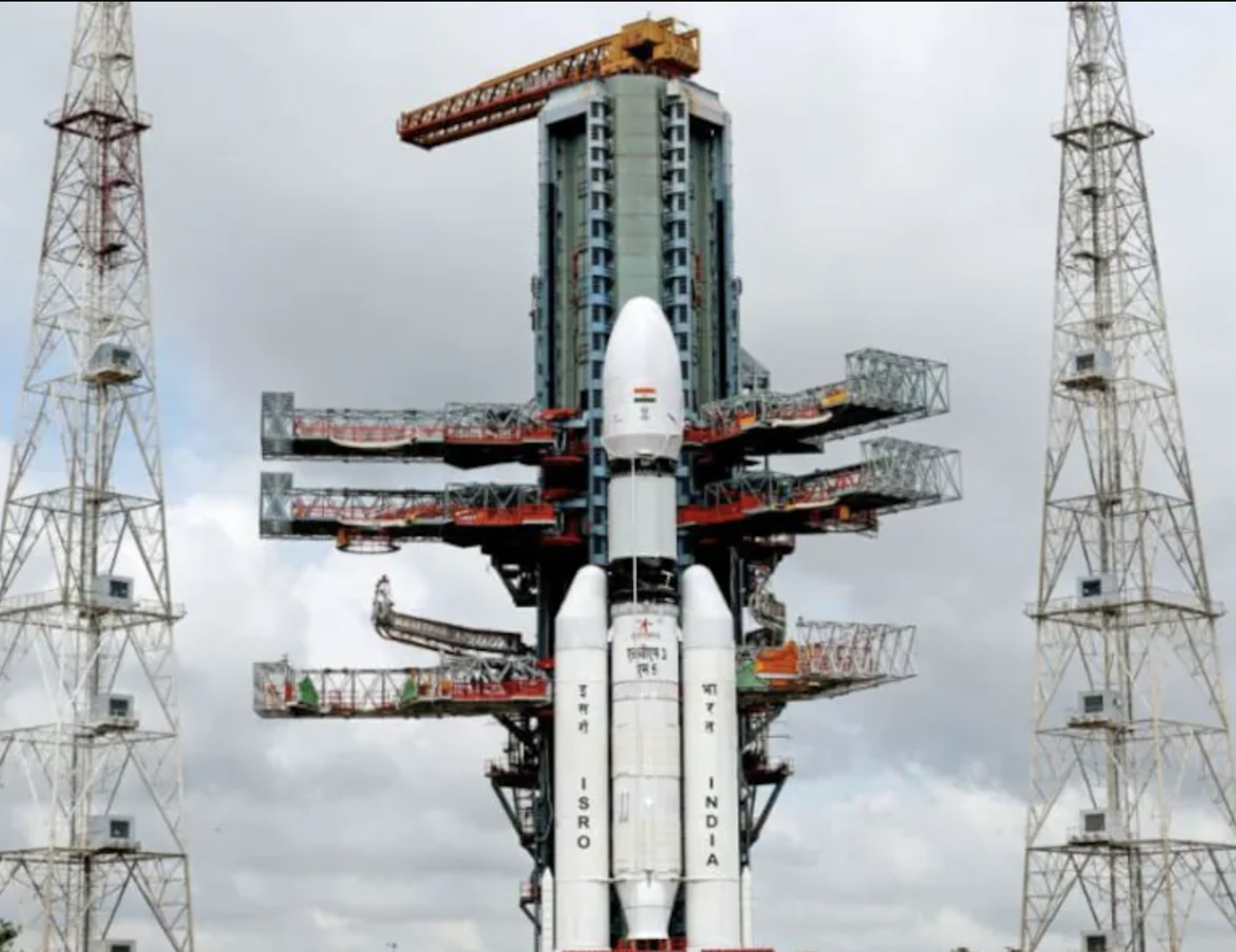Isro successfully launched the LVM3 and put the Chandrayaan-3 spacecraft into the intended orbit.

It is India’s third lunar mission and second attempt at soft-landing on Moon.
It achieved the accomplishment on Friday, July 14, in its fourth operational mission.
Congratulations all around
“Congratulations India. Chandrayaan-3, in its precise orbit, has begun its journey to the Moon. Health of the spacecraft is normal.
Let us wish all the best for the Chandrayaan-3 craft to make its further orbit raising maneuvers and travel towards the moon in the coming days,” Isro chief S Somnath said.
Prime Minister Narendra Modi tweeted his congratulations, “Chandrayaan-3 scripts a new chapter in India’s space odyssey. It soars high, elevating the dreams and ambitions of every Indian. This momentous achievement is a testament to our scientists’ relentless dedication. I salute their spirit and ingenuity!”
Three launches in a year
LVM3 has over the years become Isro’s most reliable heavy-lift rocket.
Vikram Sarabhai Space Centre (VSCC) director S Unnikrishnan Nair, said: “Launching three LVM-3 rockets in one year is an herculean task and the Isro team has achieved that.
Given LVM-3’s success rate it is the ideal vehicle for Gaganyaan, and a lot of improvements are being carried out.”
Four years in the making
The successful launch certainly provided a boost to the organization’s confidence after Chandrayaan-2 failed to soft-land in September 2019.
It has spent nearly four years planning its third lunar mission.
The coming days
ISRO Telemetry, Tracking and Command Network (ISTRAC) will control the satellite to perform multiple Earth-bound maneuvers.
The initial plan is to carry out five such maneuvers on different days until July 31.
At the end of the last Earth-bound operation, the spacecraft is expected to attain an apogee (farthest point from Earth) of around 1-lakh-km.
Journey to the moon
From the apogee the journey towards the Moon will begin. This is called the trans-lunar insertion phase.
It will capture the lunar orbit 5.5 days later.
Landing location on the moon
The scientists have chosen the region near the south pole for landing since it has many shadowed craters that have the potential of holding water molecules.
Notably it was the Chandrayaan-1 that first confirmed the presence of water on the Moon.
Moon landing
If all goes smoothly, the Chandrayaan-3 lander, Vikram, should touch down on the surface of the moon at around 5.47pm on August 23, an undertaking of 40 days covering more than 3.8-lakh-km.
“As of today (Jul 13), the landing should be complete by 5.47pm on August 23. This may change based on how the whole process from the launch to reaching to Moon goes,” a senior scientist explained.












